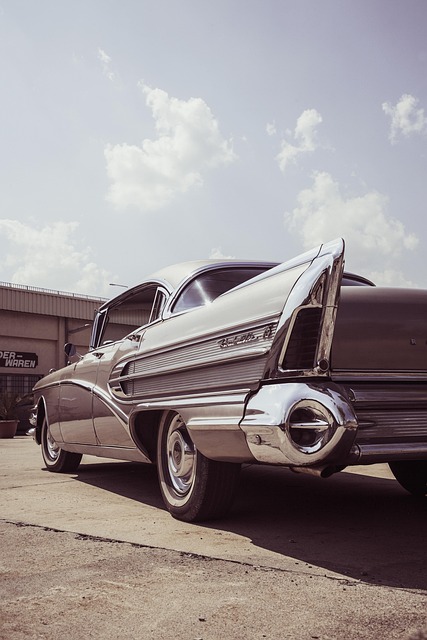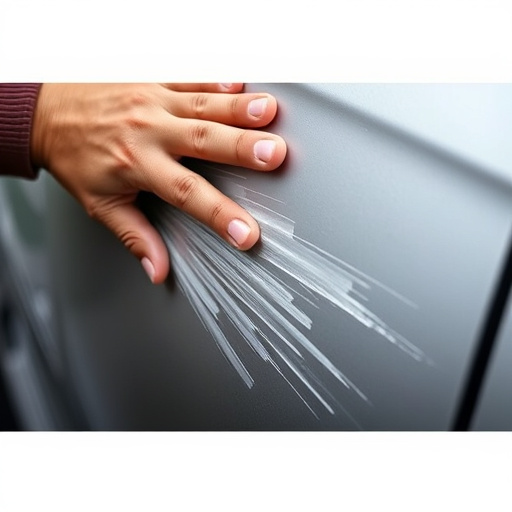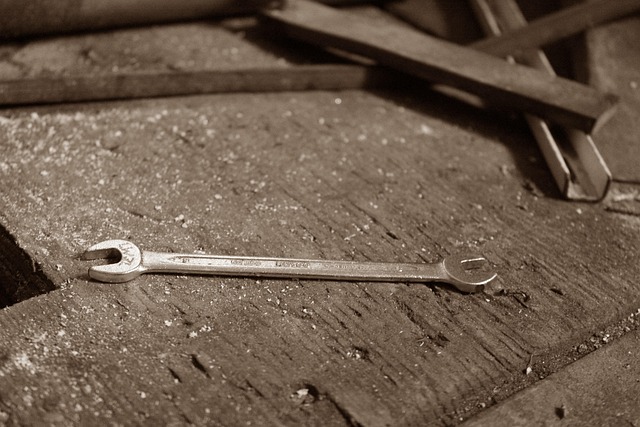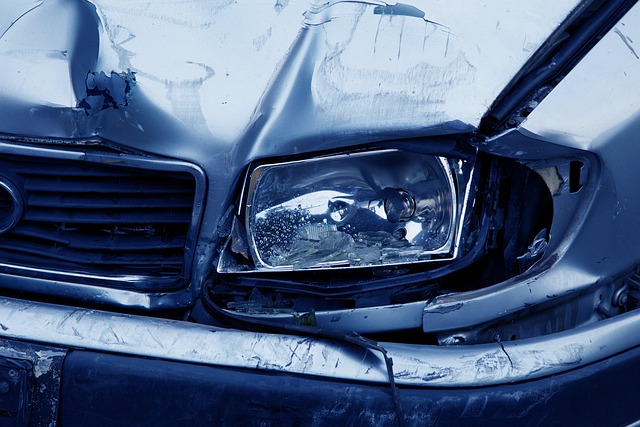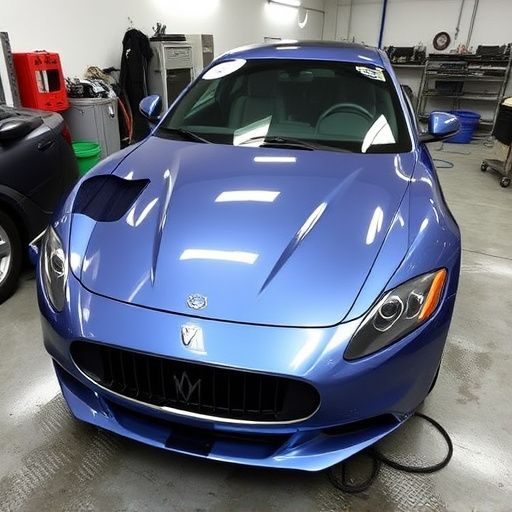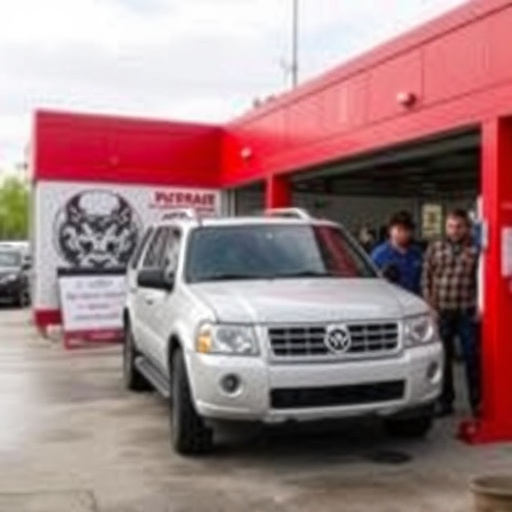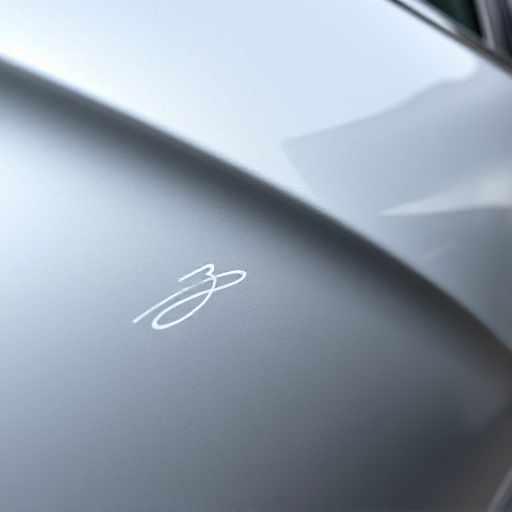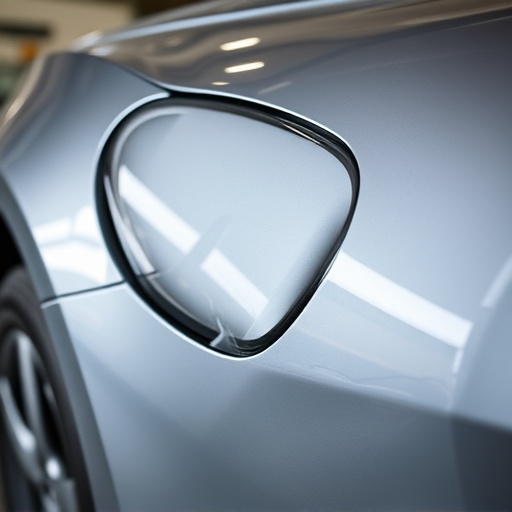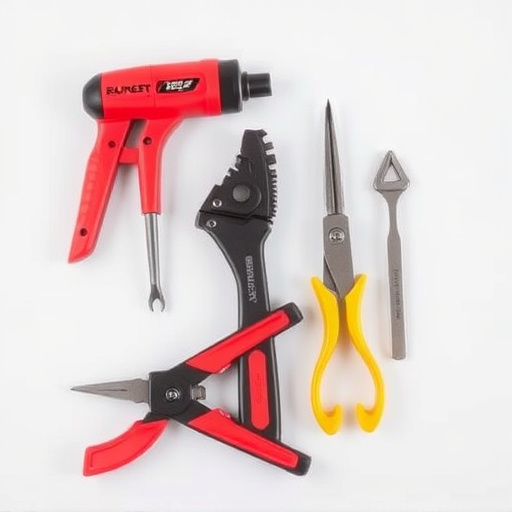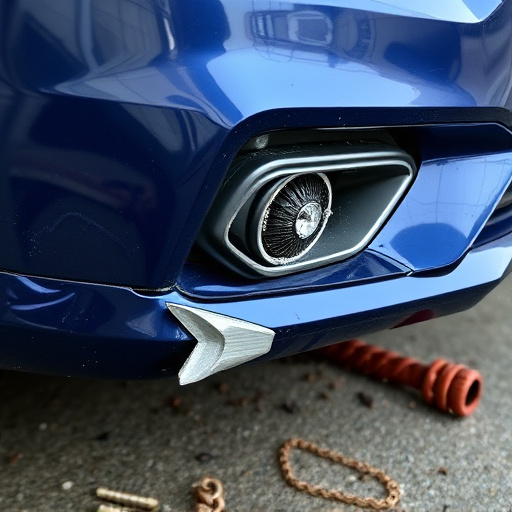Undercarriage inspection repair is a critical aspect of vehicle maintenance, focusing on the examination and repair of essential components beneath the car's exterior. Regular inspections detect potential issues early, preventing catastrophic failures and enhancing safety. Auto body services use advanced tools to uncover hidden problems, performing precise repairs including dent removal. Prompt addressing ensures high-end vehicles maintain peak performance, extend lifespans, and provides safe driving experiences. This proactive approach significantly reduces accident risks related to undercarriage failures.
Undercarriage inspection and repair are critical components in maintaining safety compliance for vehicles. This article delves into the essential practices surrounding this vital process, focusing on both routine maintenance and best-practice repair procedures. By understanding the key aspects of undercarriage inspection repair, fleet managers and mechanics can ensure optimal vehicle performance and enhance overall safety standards. Regular upkeep plays a significant role in preventing accidents and reducing costs associated with unexpected breakdowns.
- Understanding Undercarriage Inspection Repair Essentials
- The Impact of Regular Maintenance on Safety Compliance
- Best Practices for Effective Undercarriage Repair Procedures
Understanding Undercarriage Inspection Repair Essentials
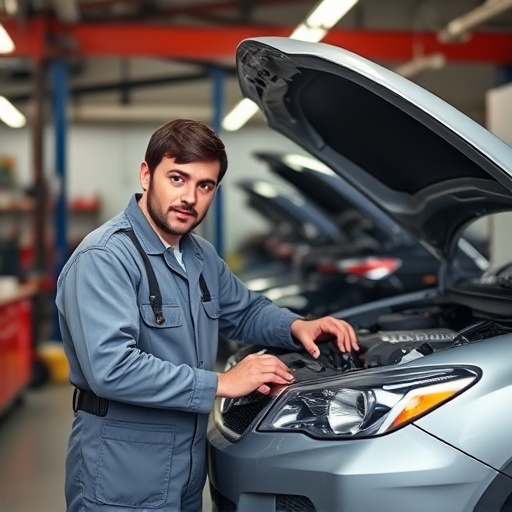
Undercarriage inspection repair is a critical aspect of maintaining safety standards in vehicles. This process involves meticulous examination and fixing of components beneath the car’s exterior, which are often overlooked due to their hidden nature. It encompasses checks on essential parts like suspension, exhaust systems, fuel lines, and brakes, ensuring they are in optimal condition. Regular undercarriage inspections are vital for identifying potential issues early on, preventing catastrophic failures, and enhancing overall vehicle safety.
Proficient auto body services specialize in this complex task, offering expertise in luxury vehicle repair. They employ advanced diagnostic tools to uncover hidden problems and perform precise repairs, including dent removal if necessary. By addressing undercarriage concerns promptly, owners of high-end vehicles can maintain their cars’ performance, extend their lifespans, and guarantee safe driving experiences.
The Impact of Regular Maintenance on Safety Compliance
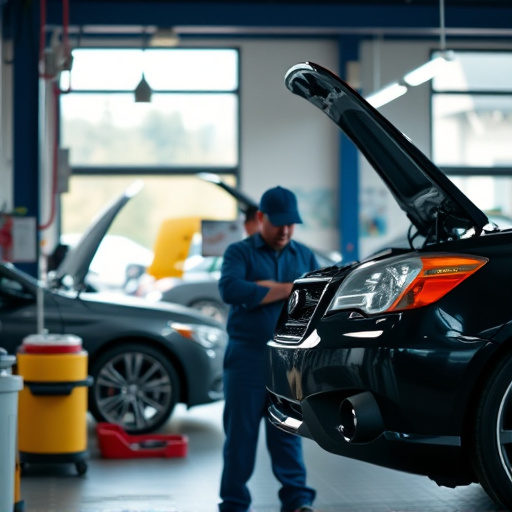
Regular undercarriage inspection repair plays a pivotal role in ensuring safety compliance for vehicles. The undercarriage, often overlooked, is a critical component that protects vital parts and systems from external damage and debris. By implementing consistent maintenance practices, vehicle owners can significantly reduce the risk of accidents and hazardous conditions. Regular checks enable the early detection of potential issues such as rust, cracked components, or loose debris, which could lead to catastrophic failures if left unattended.
Undercarriage inspection repair, when integrated into a comprehensive vehicle restoration routine, serves as a powerful tool for collision repair specialists and car damage repair professionals. It ensures that vehicles are not only compliant with safety standards but also optimizes their performance and longevity. This proactive approach fosters a culture of safety, benefiting both drivers and road users alike by minimizing the likelihood of accidents caused by mechanical failures or hidden car damages.
Best Practices for Effective Undercarriage Repair Procedures
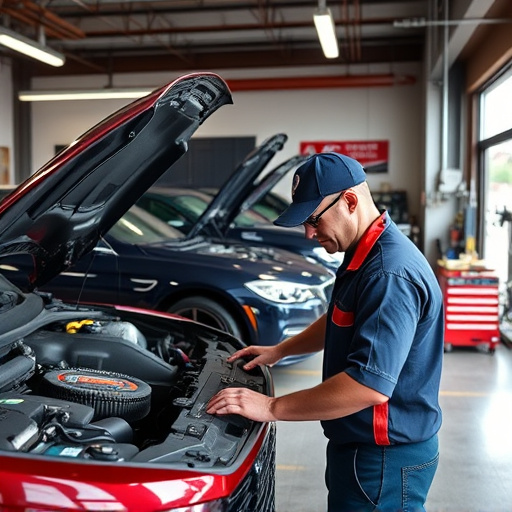
Undercarriage inspection and subsequent repair are critical components of maintaining safety standards in vehicles. Best practices for effective undercarriage repair procedures involve a multi-step approach. Initially, thorough inspections should be conducted to identify any damage or weaknesses in the undercarriage, including suspension components, exhaust systems, and fuel lines. Utilizing advanced diagnostic tools can aid in pinpointing issues that may be invisible to the naked eye.
Once identified, these issues should be addressed promptly using specialized auto body repair techniques. This includes replacing damaged parts with certified, high-quality components, ensuring proper alignment during vehicle collision repair, and applying protective coatings to prevent future corrosion. Regular maintenance checks and prompt action on any abnormal findings can significantly enhance the overall safety of a vehicle, minimizing the risks associated with car damage repair and undercarriage failure during operation.
Undercarriage inspection repair is not just a maintenance task; it’s a cornerstone of safety compliance. By understanding the essentials, implementing regular maintenance, and adopting best practices, fleet managers can significantly reduce risks associated with vehicle undercarriage components. This ensures safer operations, minimizes unexpected breakdowns, and promotes the longevity of their vehicles in today’s demanding transportation landscape. Regular focus on these critical repairs is a game-changer for maintaining efficient and secure fleets.
